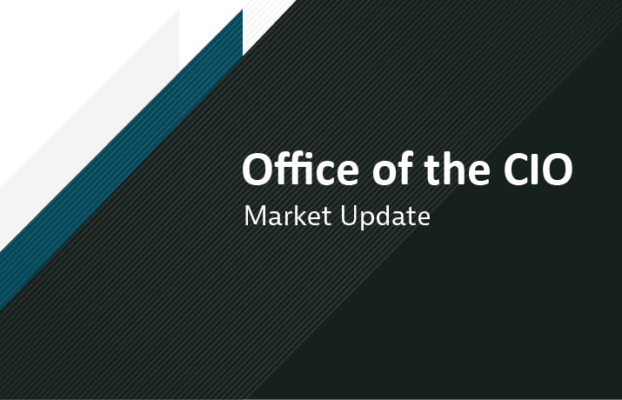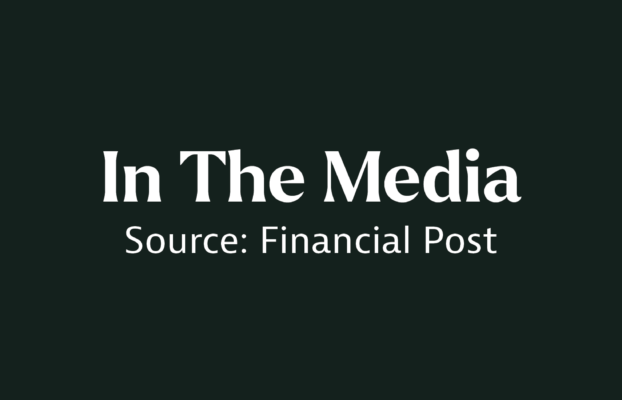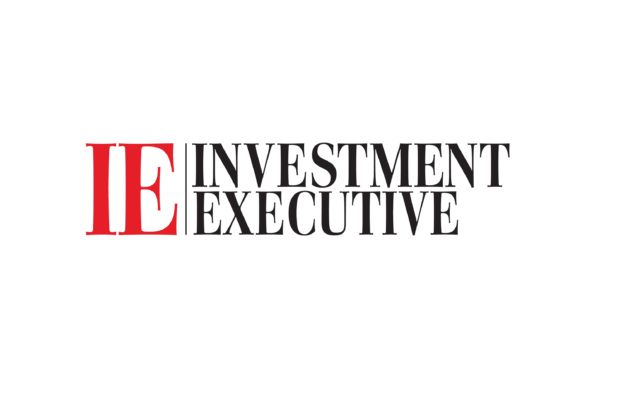The U.S. Canada Trade War Begins
Harbourfront’s Chief Investment Officer, Theresa Shutt, shares her perspective on the recent tariffs and potential trade war between Canada and the U.S.
- • President Donald Trump followed through on his hardline stance to enact substantial tariffs on Canada, Mexico and China.
- • Effective February 4, 2025, a 25% tariff will be imposed on imports from Canada and Mexico; Canadian energy is the exception, with only 10% tariffs instead of 25%. Chinese goods will receive a 10% tariff.
- • While the stated objectives are to address issues related to illegal immigration and drug trafficking, Trump also sees tariffs as a lucrative revenue source to pay for proposed tax cuts.
Retaliatory Responses
- • In response, Canada announced equivalent countermeasures, implementing 25% tariffs on $155 billion worth of American goods ($30 billion to hit in the first round starting Tuesday followed by a broader round of retaliatory tariffs in 21 days, targeting another $125 billion in U.S. imports).
- • Certain U.S. tariff targets were chosen to put economic pressure on U.S. states where key American lawmakers who form the Republican Party leadership reside. This includes orange juice, fruits and vegetables from Florida, products from South Carolina and Ohio, as well as motorcycles from Pennsylvania.
- • Other targeted items include American beer, wine, bourbon, tobacco, clothing, household appliances, sporting goods, furniture and extensive military gear.
- • Mexico also declared its intent to impose retaliatory tariffs, though specific details remain forthcoming. China has indicated plans for countermeasures, further intensifying global trade tensions.
Initial Market Reaction
- • US. Stock futures tumbled Sunday night as investors weighed the new U.S. tariffs on goods from key trade partners and their potential impact on the economy and corporate profits.
- • Futures tied to the Dow Jones Industrial Averages lid 528 points, or 1.1%. S&P 500 futures dropped 1.6%, while Nasdaq-100 futures lost 2.2%.
- • Wall Street Journal coverage declared the Trump tariff plan as the “Dumbest Trade War in History”
- • Former U.S. secretary of the treasury, Lawrence Summers, calls the tariffs against Canada and Mexico “inexplicable and dangerous”.
Economic Impact on Canada
- • While economist predictions vary, consensus is that a trade war will likely cause a contraction in Canadian real GDP, and increase unemployment.
- • A weaker currency, lower interest rates, and the introduction of government relief should lead to a modest recovery in real GDP growth to 1% in 2026 (assuming tariffs are temporary).
- • From an industry perspective, the tariffs will likely cause disruptions in the auto industry where the supply chains are closely linked.
- • The primary metals industry (steel and aluminum) may also be disrupted due to the integrated economies of the two countries which is valued at $1.4 trillion U.S. in trade.
- • In terms of Canada’s largest export – oil and gas – the impact of a lower tariff at 10% is expected to be more muted.
- • With many oil and gas producers hedged with pre-negotiated pricing contracts through commodity hedges, the industry will avoid much of the storm (at least in the near term).
- • As well, some Canadian sectors related to national security could be spared, including uranium, potash and graphite (for lithium batteries).
- • Finally, Canada continues to have fiscal and monetary tools to soften the blow.
Visionary Leadership is Critical for Canada
- • At the peak of lockdowns, the economy was contracting more rapidly than during the Great Depression. By contrast a potential tariff-induced recession will likely be milder.
- • As was announced by the federal government, matching the U.S. measure dollar for dollar, Ottawa could generate $80 billion to $100 billion in tariff revenue – much of which is promised to go to businesses most impacted by tariffs.
- • The government has a choice in what to do with the revenue from the tariffs. Instead of broad subsidies, many feel that the federal government should use this revenue to accelerate the pace of innovation by supporting industry sectors that increase productivity while also implementing much needed tax reform.
- • Alternatively, the government could provide a portion of the tariff revenues to the provinces in return for a commitment to remove interprovincial trade barriers which could significantly raise Canada’s standard of living by increasing GDP per capital by an estimated 3.8%.
- • Fast-tracking the buildout of oil and gas pipelines can also reduce our dependence on the U.S. consumer to purchase our largest export – Canadian crude.
- • Finally, Canada also needs to understand what President Trump truly wants to accomplish beyond trade objectives – which is energy independence and national security.
- • While trade retaliation is a necessary response to our ‘frenemy’ to the south, Canada should address the long-term issues that have been a source of tensions and international criticism (including the level of military and defense spending, and boarder security).
What Does It Mean for Investors
- • Now more than ever, it is important to work with your investment advisor to help you stay focused on your long-term goals.
- • Your advisor can help you maintain your strategic asset allocation and the appropriate diversification across asset classes and geographies to manage potential volatility.
- • Greater volatility can understandably be a source of investor anxiety, but it can also bring increased investment opportunities for seasoned investment professionals to find unique sources of return.
- • Private market investments can also provide advantages during uncertain times, providing steadier returns and more downside protection due to greater investment control and defensive investment terms.
- • Your Harbourfront team is well-equipped to answer your questions and help you navigate all market environments.
If you would like to discuss your portfolio, please connect directly with your investment advisor.
Disclaimer
I, Theresa Shutt, have prepared this commentary to give you my thoughts on various investment alternatives and considerations which may be relevant to your portfolio. This commentary reflects my opinions alone and may not reflect the views of Harbourfront Wealth Management Inc. In expressing these opinions, I bring my best judgment and professional experience from the perspective of someone who surveys a broad range of investments. Therefore, this should be viewed as a reflection of my informed opinions rather than analyses produced by Harbourfront Wealth Management Inc.



Market and Economic Insights – Q1 2025
10 April 2025